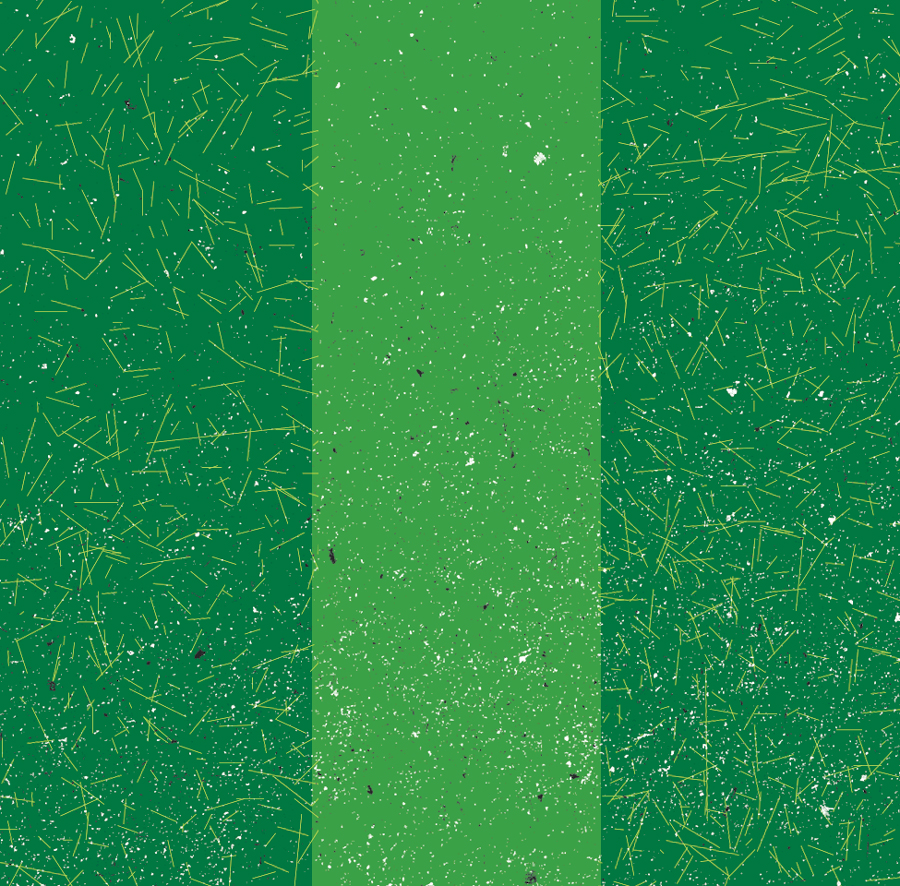While there are a lot of events crammed into our summer, sometimes the best way to enjoy the season is to just sit in your backyard with a few friends, a few beverages and a few big slabs of meat on the grill.
That’s exactly the situation Avenue’s Backyard Guide is designed to help you make the most of. With tips and tricks for everything from furnishing a backyard to attracting some feathered friends, it’s got everything you need to make this summer spectacular.
Garden Fixes
At this point in the summer, if your garden isn’t looking too green, don’t fear — there are still ways to fix it.
Jim Hole, co-owner of Hole’s Greenhouses and Gardens in St. Albert’s Enjoy Centre, says that, for most problems, it’s not too late to salvage your plants. One of the most common problems people come to Hole with is ants, which he says are “a given” in Edmonton.
“But provided that they’re not creating big mounds or are in your favourite flower bed, they’re OK. They’re not creating a huge problem. The thing is to strike the right balance.”
Aphids are also common pests in these parts, but they can often be controlled with insecticidal soap.
Hole also sees plenty of plants that have outgrown their pots, leading to crowded roots and an inability to hold moisture. “Put containers in that will be the maximum size that still look right for your yard or house,” he says.
Hole recommends inspecting plants and checking under leaves on a regular basis. “When things are starting to look like they’re not quite right, and they were right the week before, that’s when you’ve got to jump on it,” he says.
Lawn Care
When it comes to lawns, longer just might be better.
David Long is the owner of Dave Does Lawns Ltd., a local lawn care and yard maintenance company. He says that he often sees people cut their lawns too short, sacrificing the health of the grass for looks.
“The shorter the leaf of the plant, the shorter the roots, and therefore the less healthy the lawn will be,” Long says.
